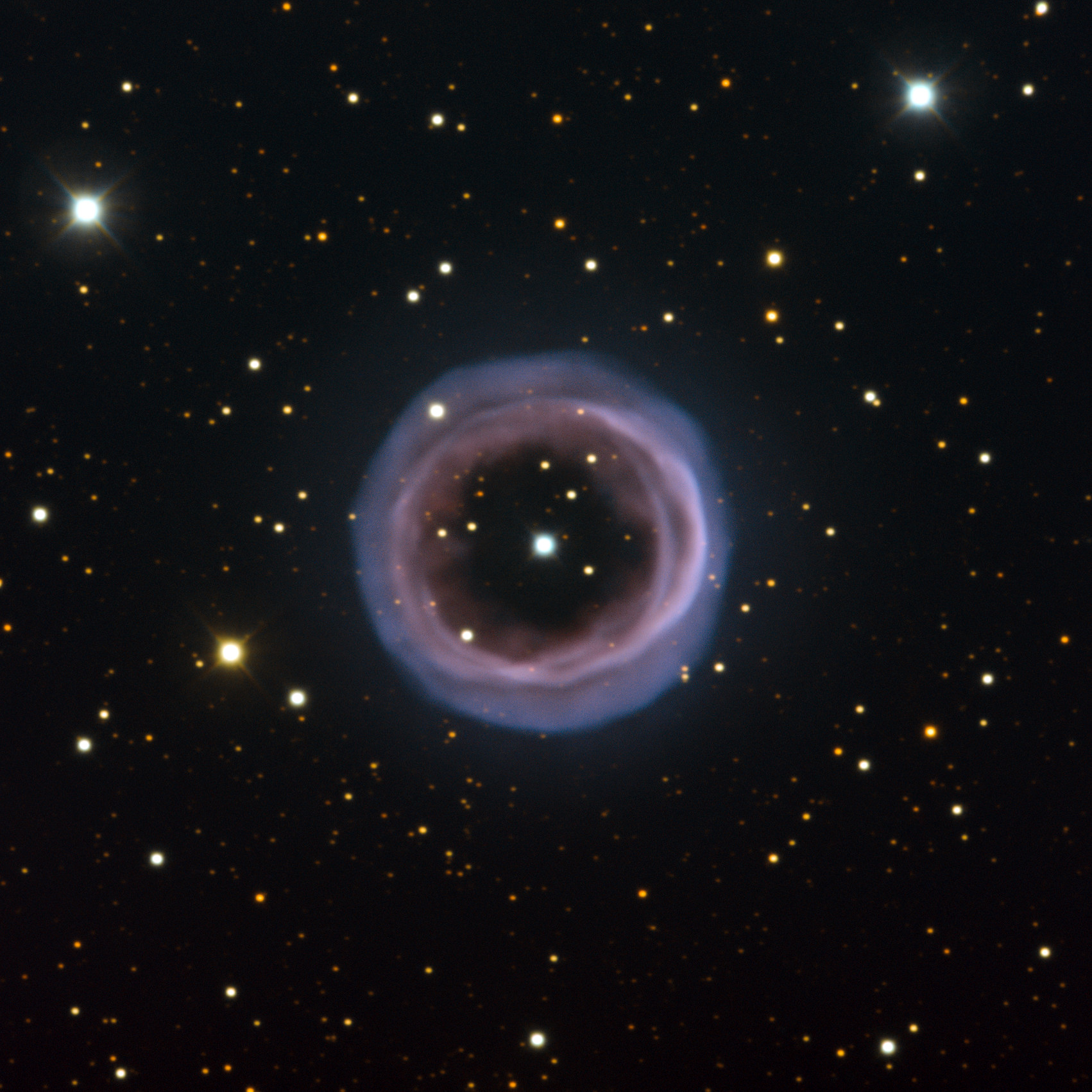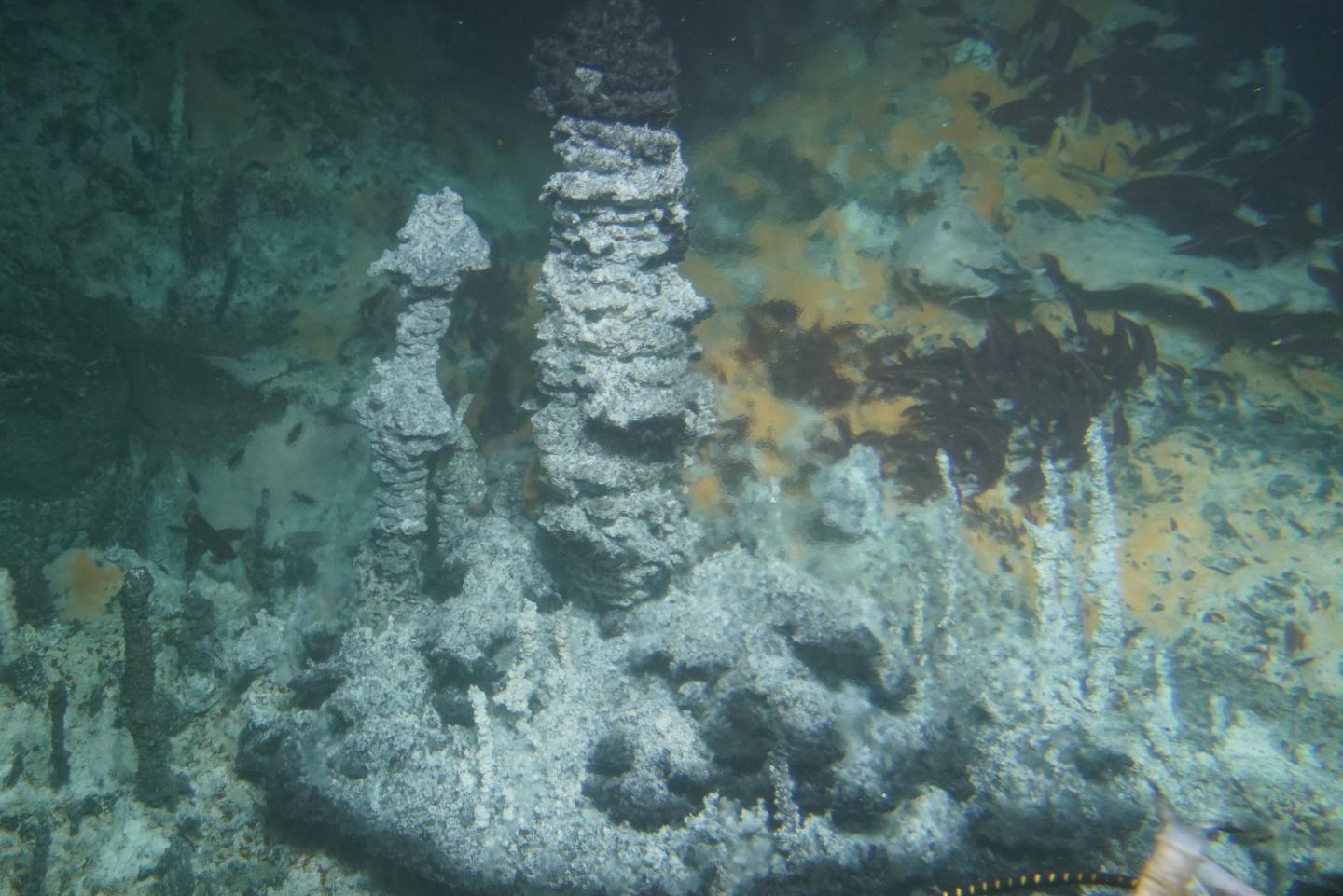Pull up a chair and sit down to the Periodic Table and Sorting Elements – Part 1: The Difference Between Chemical and Nuclear Reactions
Chemical vs. Nuclear Reactions
In my first series of blog posts (Part 1, Part 2, Part 3), we examined the origin of elements. All those processes involved either the strong [1] nuclear force or the weak [2] nuclear force. Synthesis of elements required nuclear reactions: either fusion or fission (decay). Elements above Iron [Fe; 26 Protons + X Neutrons] are formed through slow or rapid neutron capture. As the name implies, nuclear reactions occur in the nucleus of an atom.
Chemical reactions take place outside the nucleus in the atom’s electron cloud. Chemical reactions involve electromagnetic force.
The maximum number of electrons surrounding the nucleus equals the number of protons in the nucleus. Electrons orbit the nucleus at different distances in energy levels. One way to imagine this is to think of airplanes in landing patterns at a crowded airport. Airplanes have specific heights and directions assigned to ensure a safe spacing between planes. Electrons orbiting an atomic nucleus also avoid colliding with each other by being in sub-shells.
Generally, chemical reactions occur in the s and p sub-shells of an atom. The electrons in the outermost s and p sub-shells are known as valence [3] electrons.
Location, Location, Location [4]
There is a well-known adage in real estate that “location matters.” In explaining the energy differences involved in nuclear vs. chemical reactions, location matters as well.
Think of an atom in terms of real estate. The nucleus of the atom is the heart of a metropolis. Electron orbitals are the suburbs and satellite communities surrounding the city. Generally, a penthouse in a dense city center (e.g., Manhattan, San Francisco, Tokyo, Hong Kong, London, etc.) costs many times the price for a similar living space 20, 50, or even 100 kilometers outside the city.
In physics and chemistry terms, the price associated with location is not money but energy. [5] Nuclear reactions involve orders of magnitude more energy than chemical reactions.
“Where’s the Kaboom?”
― Marvin Martian, Looney Tunes
Energy Differences
Let us take a simple object to illustrate the energies involved. (Calculations in the endnotes) [6]
Mechanical energy
Assume we have a one-kilogram ice cube of pure H20 on Earth at 1 meter above sea level. It falls one meter.
Chemical energy
Assume we burn the equivalent amounts of Hydrogen and Oxygen contained in the ice cube with 100% efficiency. Formula: 2H2 + O2 = H2O + energy (mostly heat).
Nuclear energy
Assuming we can fuse 100% of the Hydrogen in the ice cube into Helium (4H to 1He).
Comparative energies
1 gram of TNT exploding (for reference): 4,184 J
- Mechanical (1 m drop): 10 J (~ 0.0024 g of TNT)
- Chemical (burning H2 in O2): 1.34 x 107 J or 13,433,199 J (~ 3.2 kg of TNT)
- Nuclear fusion (H only): 7 · 1013 J or 69,999,300,000,000 J (~ 16.73 kilotons of TNT)
Conclusion
Chemical reactions power most processes we are familiar with: digestion of food, converting sugars to energy to power our muscles, burning fuels for cooking or internal combustion engines, etc. Nuclear reactions are far more energetic than chemical reactions. Nuclear reactions involve protons and neutrons in the atomic core. Chemical reactions involve electrons orbiting the nucleus.
Looking Ahead
Now that we have reviewed the difference between nuclear and chemical reactions, we can move forward to The Periodic Table of Elements, one of the greatest inventions ever. It provides helpful information both about the nuclear and chemical properties of elements. I intend to provide readers with useful information to improve an understanding of high school or introductory college chemistry.
Read the Series
The Difference Between Chemical and Nuclear Reactions
Pull up a chair and sit down to the Periodic Table and Sorting Elements – Part 1: The Difference Between Chemical and Nuclear Reactions.
Chemical Reactions: Periodic Genius
Chemical reactions are essential. They put oxygen in our blood, salt in our food, and batteries in our phones. Find out why the periodical table is so brilliant.
Find out why the Periodic Table of Elements is systematically brilliant. Also, get two free periodic tables that you can download and print for your classroom or dining room wall.
Endnotes
- The strong nuclear force operates at the shortest distances through gluons to hold quarks together to form neutrons (2 down quarks and one up quark) or protons (2 up quarks and one down quark). In the nucleus of an atom, the strong nuclear force operates through mesons to bind neutrons and protons together.
- The weak nuclear force is involved in radioactive decay. Weak nuclear forces operate through bosons. For example, a neutron can decay into a proton when a down quark emits a W– boson, which then decays into an electron and an anti-electron (positron).
- Valence is defined by the International Union of Pure and Applied Chemistry (IUPAC) as
“The maximum number of univalent atoms (originally Hydrogen or chlorine atoms) that may combine with an atom of the element under consideration, or with a fragment, or for which an atom of this element can be substituted.”
Essentially, in chemistry, valence is the number of bonds available in the outer s and p sub-shells of electrons minus the number of non-binding electrons. Hydrogen has an s-shell with one electron present. The s sub-shell may contain a maximum of two electrons. Hydrogen has a valence of one and can combine with other atoms to form compounds. Helium has two electrons in the s sub-shell. In Period 1, there is no p sub-shell. Therefore when the s sub-shell is full, the shell is also complete. Helium’s valence is zero, which is why it behaves like a “noble” gas.
- The origin of “location, location, location” is unknown. Some attribute the phrase to Lord Harold Samuel, who supposedly used it in real estate around 1944. In this article, William Safire provides a source from a 1926 Chicago advertisement which indicating the term was already known in the 1920s.
- Both chemists and physicists will point out that, unfortunately, money does matter. There is a constant issue in ensuring enough funding to maintain departments, to build experiments, and to operate experiments – sometimes for decades.
- Calculations of Mechanical, Chemical, and Nuclear Energies
Mechanical
Assume we drop a one-kilogram cube of ice one meter on Earth. The force involved is F=ma. F stands for force, m represents mass, and a is acceleration. On Earth, gravity is 9.807 m/s², but to keep the numbers simple, we will round up to 10 m/s². Doing this calculation, we determine:
F = 1 kg · 10 m/s² = 10 kg·m/s².
In the International System of Units (SI) [6] 1 kg·m/s² is called a Newton in honor of Sir Isaac Newton and his contributions to physics.
Therefore, we can replace the kg·m/s² and make this 10 N.
We dropped the block of ice 1 m; therefore, the work done is w= F·d where w is work and d is distance.
w = 10 N · 1 m = 10 N · m. Since 1 N · m is the SI equivalent of 1 J (Joule), we can convert units of measure to 10 J.
Chemical
If we burn Hydrogen and Oxygen, we get water molecules plus energy. Our formula:
2 H2 + O2 = H2O + energy
How much Hydrogen is in one kilogram of ice?
Hydrogen (H) has an atomic weight of 1, Oxygen (O) has an atomic weight of 16. Therefore, we have a weight ratio of 2 Hydrogen to 16 Oxygen in H2O, which simplifies to 1 part Hydrogen and 8 parts Oxygen by weight.
1 kg / 9 parts = 1000 g / 9 = 111.11 g Hydrogen.
Burning 2 g Hydrogen molecules with 16 g Oxygen molecules releases 241,800 Joules.
Therefore, the energy from 111.11 g of Hydrogen burning in 888.89 g of Oxygen to make 1000 g of H2O can be calculated as:
111.11 g / 2 g · 241,800 J = 13433199 J = 1.34 x 107 J
Nuclear Reactions
We will only calculate the energy released if we fuse the Hydrogen in our 1 kg ice cube.
When 1 g of Hydrogen fuses, it produces 0.993 grams of Helium with the remaining mass (0.007 g) converted to energy using Einstein’s famous E=mc² equation. E is energy, m is mass in kg, and c is the speed of light (300000 km/s or 3 · 108 m/s).
Note: a Joule is equal to 1 kg · m²/s2.
Assuming we can fuse 111.11 g Hydrogen with 100% efficiency we obtain:
(111.11 · 0.993) g He + (111.11 · 0.007) g / 1000 g/kg · (3· 108 m/s)² or
110.33 g He and ~7.8 · 10-3kg · 9 · 1016 m²/s² of energy.
This simplifies to 7 · 1014 kg · m²/s² or 7 · 1013 J.
Featured image: The Fine Ring Nebula, a planetary nebula captured by the ESO Faint Object Spectrograph and Camera on the New Technology Telescope at the La Silla Observatory in Chile. Planetary nebulae are produced as a star nears the end of its nuclear fusion cycle. Courtesy of the ESO.




